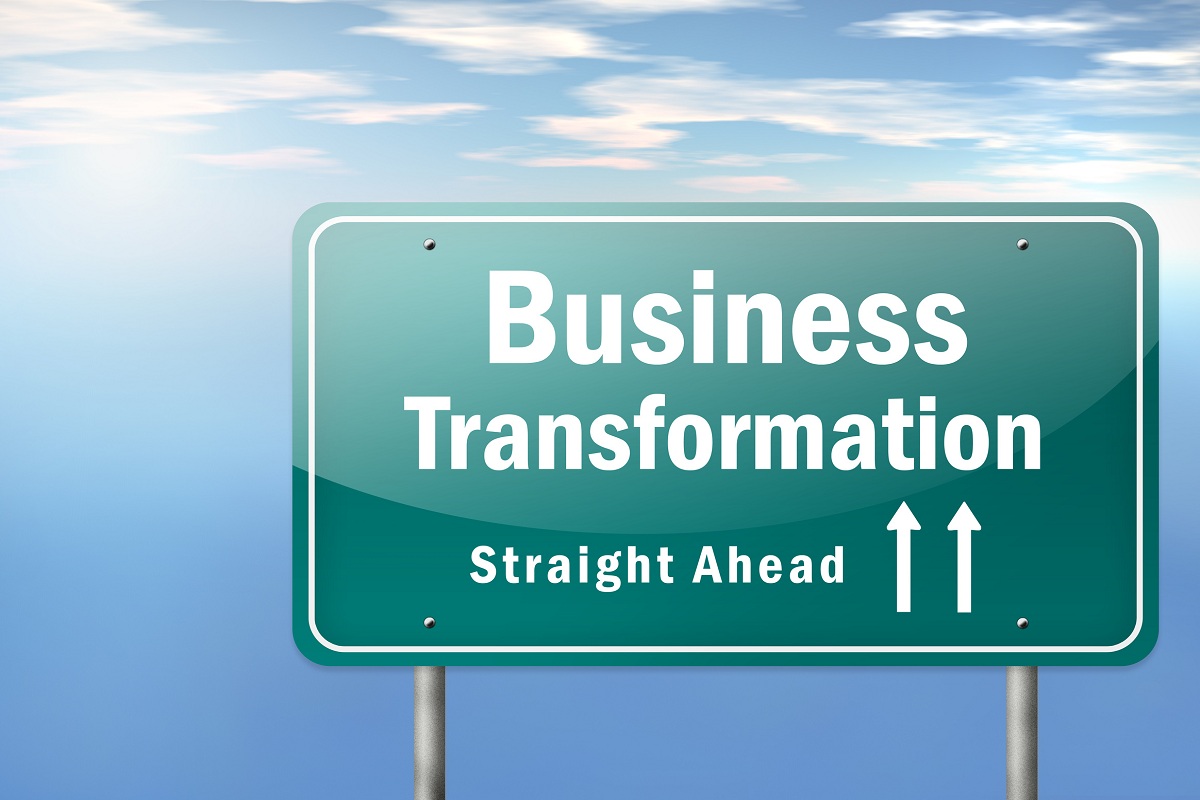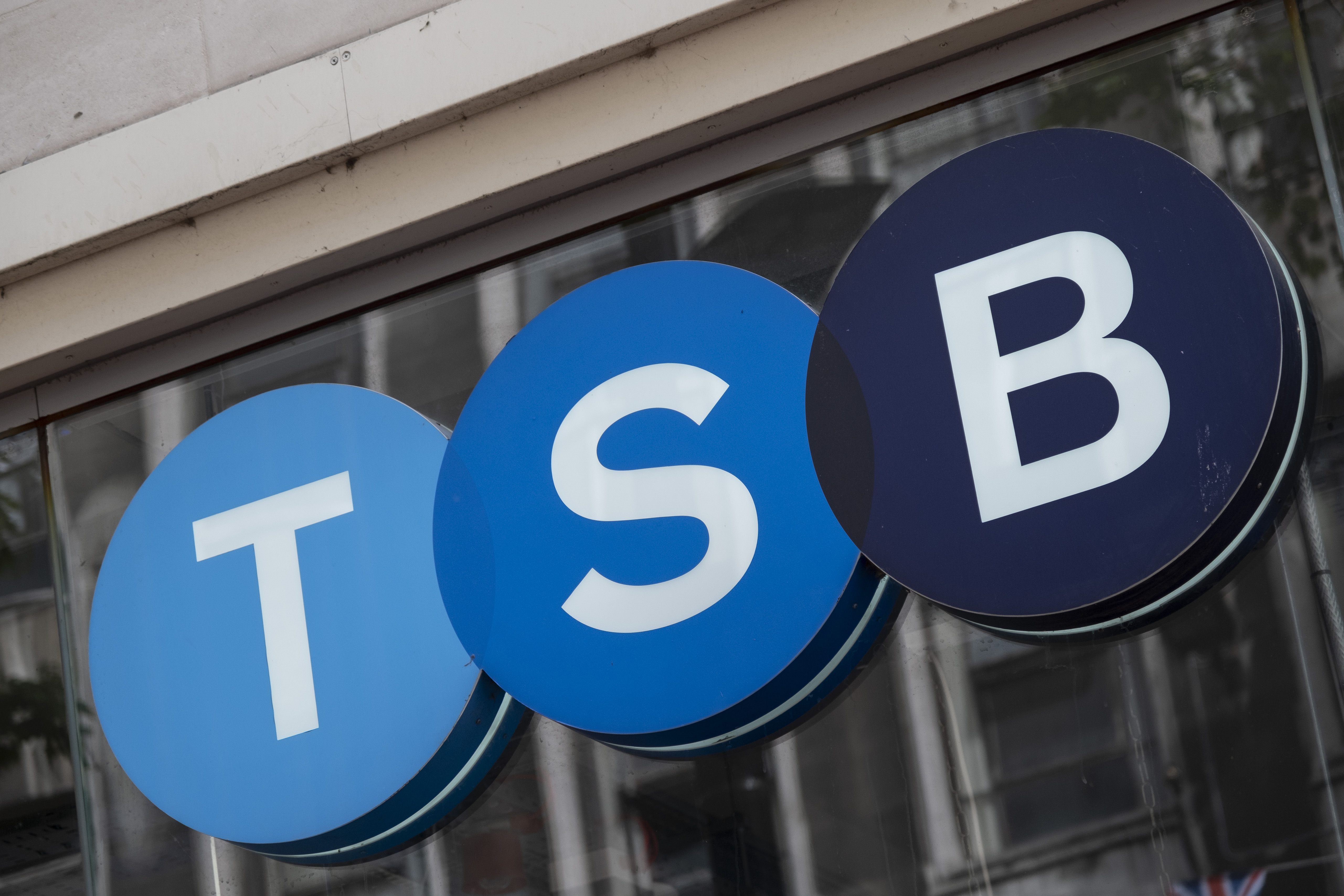Jaguar Land Rover: staff are biggest obstacle to IT transformation
CTO says greying IT workforce are stubborn in face of new agile approach

People are the biggest obstacle Jaguar Land Rover must overcome to implement an agile methodology that will help modernise its IT infrastructure.
CTO Anthony Headlam warned that IT staff with decades of service have added "another level of change resistance" to his attempts to introduce cloud and agile working to the British carmaker.
Speaking at Cloud World Forum in London today, he said: "Every month I end up giving out certificates saying 25 years, 30 years, 35 years [of service]. It's an amazing thing. But it actually creates another level of change resistance.
"They have been through the years of Rover ownership, the years of BMW ownership, they've been through the years of Ford ownership and now they're living through the years of Tata [which bought JLR in 2008]. When is the next cycle coming?"
He wants to achieve a four-week udpdate schedule where system upgrades are rolled out on a monthly basis, but said their devotion to the existing IT infrastructure led to some "quite scary" conversations.
Headlam added that they constantly question what changes he plans to make to JLR's IT systems.
"All I've said to any of them is I'm not going to change any of your back end systems while you're watching - because I can't. If I take down order management for a few hours the whole of JLR world knows about it," he said.
Sign up today and you will receive a free copy of our Future Focus 2025 report - the leading guidance on AI, cybersecurity and other IT challenges as per 700+ senior executives
Headlam joined the British carmaker in September 2013, charged with modernising IT as JLR prepares to release 'smart' car parts and open new factories.
But he is battling a legacy infrastructure of 1,700 applications - including core SAP software - built in the 1970s and deployed in the 1980s that it spent two years, from 2008 to 2010, trying to categorise.
At that time 90 per cent of IT was engaged with maintaining operations, but Headlam has brought that ratio down to 25 per cent since he started.
And the company must adapt further, as JLR expands its manufacturing bases outside the UK for the first time - China started producing vehicles late last year, while a factory in Brazil will start production in 2016.
Meanwhile, new cars are able to collect data on their various parts and on how they are driven.
"All of our new vehicles go out connected," explained Headlam, who must decide how JLR can best capture and use that data to improve its view of its customers and its insight into vehicle performance.
A cloud strategy to expose that data in a mobile way relies on integrating with JLR's vast back-end infrastrcture, however.
"The minute I have to interact with my back-end I've got a set of '70s designed, '80s deployed and operated, overloaded applications which run in the business," the CTO said.
In response, JLR moved its desktop infrastructure into Google's cloud in 2010, and some of the back-end is now hosted in Amazon Web Services.
Headlam has also introduced a service-oriented architecture, and underpinning that is a data virtualisation layer to create a virtual data warehouse.
"That leaves my data at source, it avoids the whole hideous concept of monolithic data warehouse creation," he said.
However, some of the legacy infrastructure is still a necessary evil to JLR, which relies on three mainframes to run its business.
"They are fantastic [but] I do have to evolve away from them at some point," said Headlam.
A more versatile mindset is required for agile processes, according to the CTO, who added: "Agile methodology takes you into a whole other world of uncertainty and unknowns."
He concluded: "The challenge for me around cloud, around agile, has been around people. Getting appropriately skilled people to be able to make the choices and drive this agile [methodology], drive the change into the business."
-
 The UK AI revolution: navigating the future of the intelligent enterprise
The UK AI revolution: navigating the future of the intelligent enterpriseAs AI reshapes industries and societies, decision-makers in the UK face a critical choice: build a sovereign future or merely import it.
-
 Turning the UK AI revolution into a sovereign reality
Turning the UK AI revolution into a sovereign realityThe UK AI Revolution documentary series posed difficult questions about AI’s hype, control, and future. Now, IT leaders must find the architectural answers
-
 UK firms are pouring money into AI, but they won’t see a return on investment unless they address these key issues
UK firms are pouring money into AI, but they won’t see a return on investment unless they address these key issuesNews An SAP report projects increased AI investment, but cautions that too many organizations are taking a fragmented approach
-
 Optimise CX and accelerate business growth through your voice network
Optimise CX and accelerate business growth through your voice networkwhitepaper Protecting the human experience in a digital world
-
 Enterprises are doubling down on IT optimization strategies – and it’s delivering huge financial returns
Enterprises are doubling down on IT optimization strategies – and it’s delivering huge financial returnsNews Organizations that have cracked IT cost optimization and innovation reap the rewards both financially and in terms of time to market.
-
 IDC InfoBrief: Sustainability doesn’t need to be all stick and no carrot
IDC InfoBrief: Sustainability doesn’t need to be all stick and no carrotwhitepaper CIOs are facing two conflicting strategic imperatives
-
 How to empower employees to accelerate emissions reduction
How to empower employees to accelerate emissions reductionin depth With ICT accounting for as much as 3% of global carbon emissions, the same as aviation, the industry needs to increase emissions reduction
-
 The Forrester Wave™: API management solutions
The Forrester Wave™: API management solutionsWhitepaper The 15 providers that matter the most and how they stack up
-
 Former TSB CIO fined £81,000 for botched IT migration
Former TSB CIO fined £81,000 for botched IT migrationNews It’s the first penalty imposed on an individual involved in the infamous migration project
-
 Schneider Electric unveils its first e-commerce partner program
Schneider Electric unveils its first e-commerce partner programNews Partners will be assigned a dedicated Schneider expert to aid strategy development